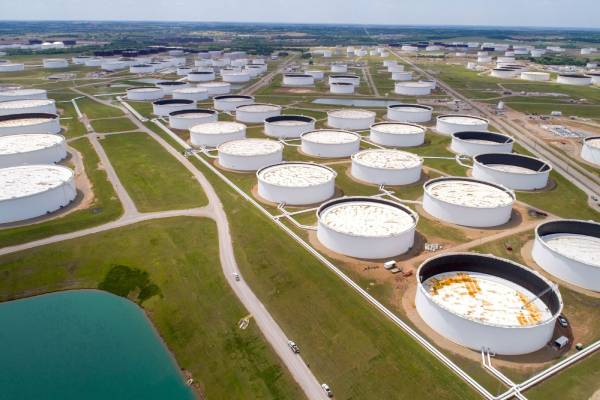Oil Benchmarks Settle At Most Noteworthy Starting Around 2014 On Short Supply

Oil costs edged up to their most noteworthy starting around 2014 on Tuesday, upheld by a worldwide stock lack and solid interest in the United States, the world’s greatest customer.
The assembly came in front of U.S. stock reports from the American Petroleum Institute (API), an industry bunch, on Tuesday and the U.S. Energy Information Administration on Wednesday.
Examiners expect the most recent week by week U.S. oil stock information to show a 1.9 million-barrel work in unrefined stocks.
Brent fates rose 41 pennies, or 0.5%, to settle at $86.40 a barrel, while U.S. West Texas Intermediate (WTI) unrefined finished 89 pennies, or 1.1%, higher at $84.65.
Those were the most elevated closes for both worldwide benchmarks since October 2014.
“The energy crunch is still no place near dying down, so we expect winning strength in oil costs in November and December as supply slacks interest and as OPEC+ stays uninvolved,” said Louise Dickson, senior oil markets examiner at Rystad Energy.
Goldman Sachs said Brent was probably going to push over its year-end conjecture of $90 a barrel, while Larry Fink, CEO of the world’s biggest resource director BlackRock, said there was a high likelihood of oil coming to $100.
With oil and gas costs at multi-year highs, US shale makers are ready to convey the most grounded income since the beginning of the Covid pandemic, inasmuch as they didn’t secure deals attached to much lower costs.
OPEC+, including the Organization of the Petroleum Exporting Countries and partners like Russia, is presently raising creation by 400,000 barrels each day (bpd) every month, except has stood up against calls to support yield quicker because of the flood in costs.
“Unrefined costs proceed to rise and supplications to OPEC to build creation keep on failing to receive any notice. The main thing that will get OPEC+ spurred is if private U.S. administrators signal, they will expand creation,” said Edward Moya, senior market experts at OANDA, taking note of “a leap to $90 oil appears to be probable.”
A 2.1 million-barrel freight of Iranian condensate, the latest conveyance from a trade agreement between the Middle Eastern country and Venezuela, is relied upon to start releasing on Wednesday at a PDVSA port.
Gas and distillate utilization in the United States is back in accordance with five-year midpoints after over a time of discouraged interest, and the market will be intently watching US stock levels.
US President Joe Biden will talk about energy costs, the Iranian atomic program and inventory network issues during his outing to Europe this week to go to a gathering of G20 pioneers.
Avtar Sandu, ranking director items at Phillip Futures in Singapore, said dealers were anticipating clearness on the result of worldwide discussions on restoring Iran’s 2015 atomic understanding, after the United States said endeavors were at “essential stage” that could re-open the way for products of Iranian rough.
Disclaimer: The views, suggestions, and opinions expressed here are the sole responsibility of the experts. No STOCKS MONO journalist was involved in the writing and production of this article.



